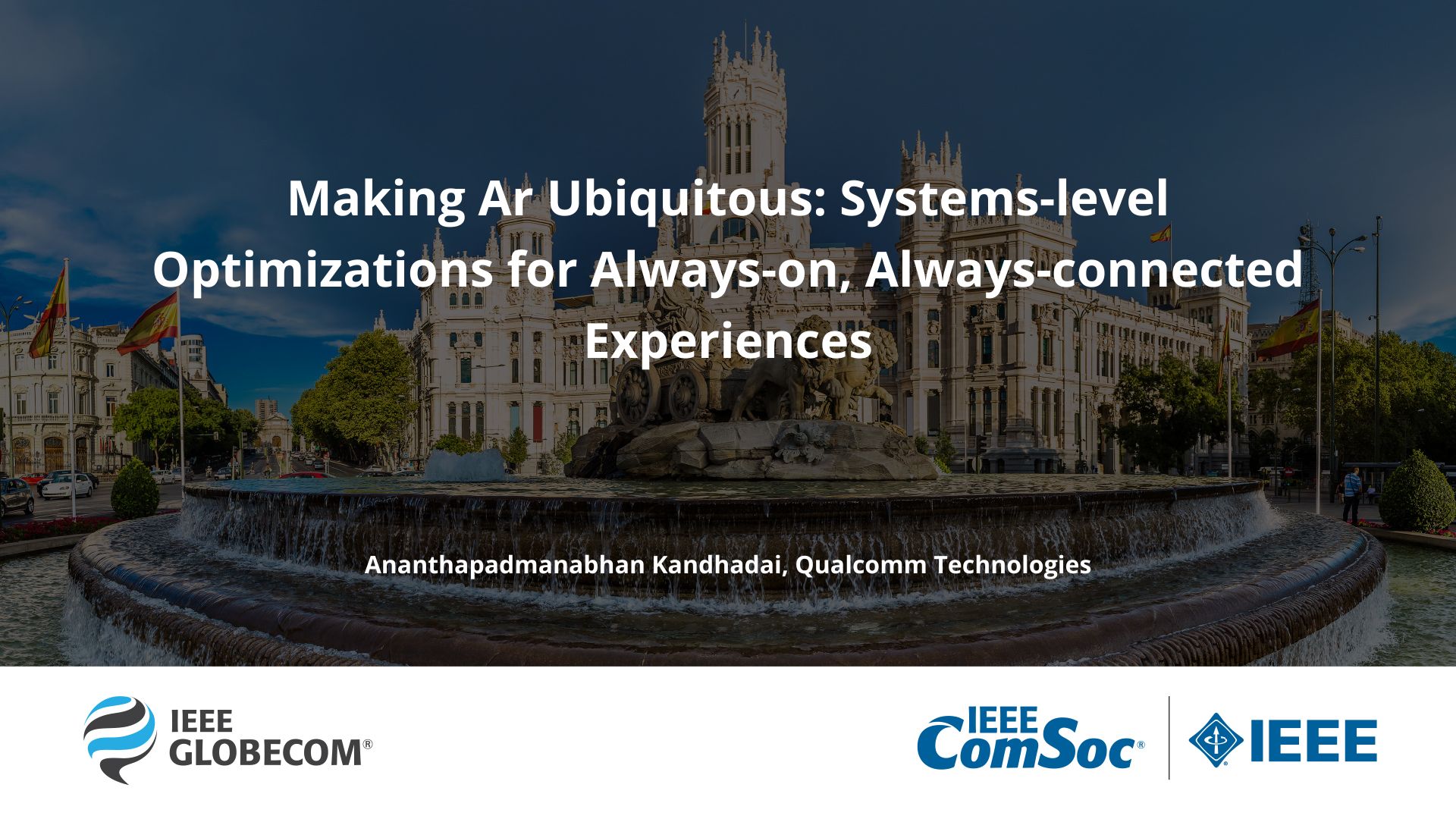
Description
Augmented reality user experiences are becoming more available to consumers through a diverse set of devices of various form factors like headsup displays, holographic displays, head mounted devices, and handheld devices. Today, nearly 80% of the world's population uses the compute power and connectivity on their smartphone to access the internet and connect to their network of people and things any time of the day, anywhere in the world. AR and spatial compute technology offer the possibility for users to be presented with additional information of the world (places, things, life) around them proactively without an explicit directed human query. In particular, the possible evolution of optical glasses worn by humans to include AR has the potential of eventually becoming a device of choice by majority users to be their source of infotainment, social connection, education, economy, health and other needs. While there are many issues to be solved to make this potential a reality, in this talk, we will go through some considerations and challenges to be met by technologists to make AR glasses a platform for users to enjoy AR experiences ubiquitously. We will explore various system-level optimizations that need to be done to deliver an intuitive, immersive, always-on AR experience everywhere. These system-level optimizations would include power consumption considerations on the AR glasses plus the connections to any companion devices on person and to the cloud where ultimately most of the information needed by the user lies.
Event
IEEE Global Communications Conference 2021
Presenters
Ananthapadmanabhan Kandhadai, Qualcomm Technologies
ComSoc Member Price
$0.00
IEEE Member Price
$15.00
Non-Member Price
$25.00


